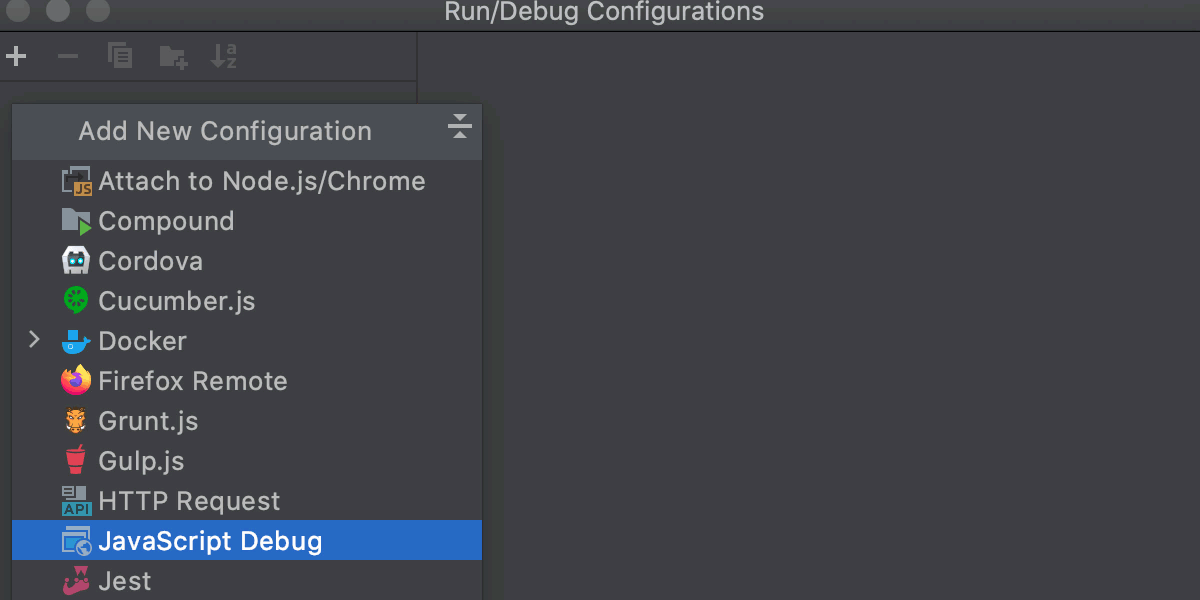

WebStorm comes with a myriad of out-of-the-box features intended for rapid prototyping and deployment. It connects to a custom Chrome instance - custom, so that I can retain my particular Chrome setup (Redux Dev Tools, etc) in the instance opened by the debugger. Be sure to check them out so you can configure them to your needs.įor this guide, let's use the inline-source-map option, which is good for illustrative purposes (though not for production): In WebStorm, programmers can write, debug, run and test apps. I have WebStorm set up to debug a React app using a Javascript Debug configuration. WebStorm: Node.js: AWS Toolkit for JetBrains 2: Running (invoking) or debugging a local function in the AWS Toolkit for JetBrains.
WEBSTORM DEBUG CODE
There are a lot of different options available when it comes to source maps. For example, you can perform local step-through debugging of your Lambda functions by setting breakpoints, inspecting variables, and executing function code one line at a time. If an error originates from b.js, the source map will tell you exactly that. In order to make it easier to track down errors and warnings, JavaScript offers source maps, which map your compiled code back to your original source code.

This isn't always helpful as you probably want to know exactly which source file the error came from. For example, if you bundle three source files ( a.js, b.js, and c.js) into one bundle ( bundle.js) and one of the source files contains an error, the stack trace will point to bundle.js. When webpack bundles your source code, it can become difficult to track down errors and warnings to their original location. const path = require('path') Ĭonst HtmlWebpackPlugin = require('html-webpack-plugin') Let's start by setting mode to 'development' and title to 'Development'. The tools in this guide are only meant for development, please avoid using them in production! Before we continue, let's look into setting up a development environment to make our lives a little easier. If you've been following the guides, you should have a solid understanding of some of the webpack basics. This guide extends on code examples found in the Output Management guide.


 0 kommentar(er)
0 kommentar(er)
